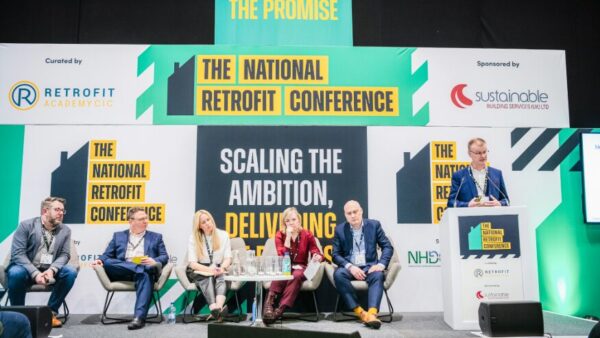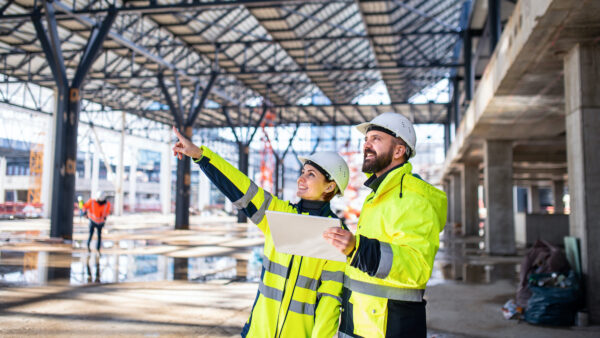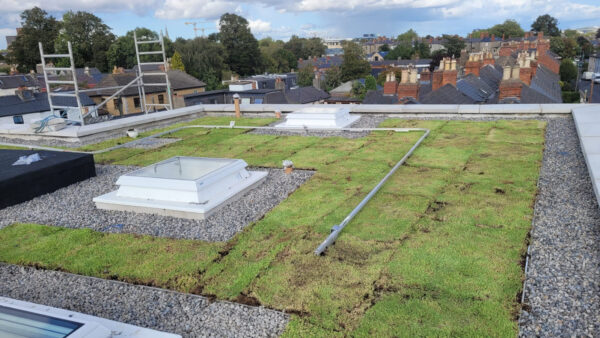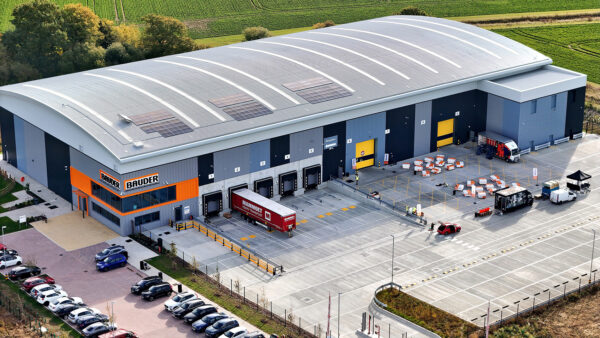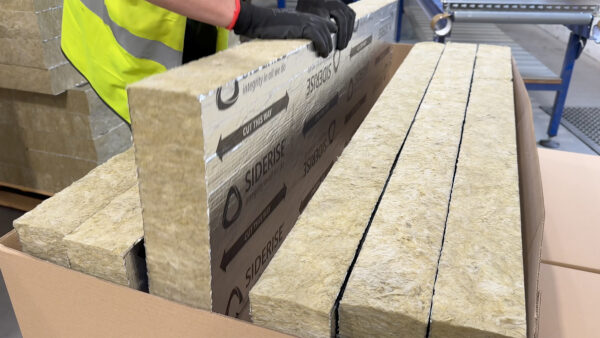Julie Barry, head of business development at RIFT Research & Development, on how to retrofit sustainable solutions in conservation projects

Cultural heritage is central to our sense of identity. A consistent, reassuring backdrop in a changing world, it reminds us of our roots and retells the story to future generations. Heritage properties connect communities through housing, education and engagement. Commercially, they support economic return through regeneration and tourism.
They’re not just a nice-to-have; they’re integral to our future. We all agree we must protect them – but does it have to be at a cost to our planet?
Conflicts between heritage conservation and environmental sustainability are often debated. But still misunderstanding, assumptions and legislative blame often stand in the way of taking a holistic approach.
On 21 April, RIFT took part in the CIOB Annual Conservation Conference: Balancing Heritage and Sustainability, which went beyond the theoretical to showcase best practice and explore retrofit standards in conservation and sustainability. Recognising that such projects can hold surprises and offer innovation opportunities, we discussed real-life cases where taking a sustainable approach has required research and development activity.
Is it possible to protect our heritage properties sustainably? Buildings account for around 40% of all energy consumption and construction is responsible for half of all global emissions. Every type of building provides an opportunity to contribute to a better future.
“We need to find a way to carry out conservation works that contribute to sustainability without compromising character”
While alteration restrictions on heritage buildings can make it more challenging to balance authenticity and sustainability, it’s entirely possible. Retrofitting is increasingly used to reduce energy, and ideas such as improving the thermal performance of the building envelope, and utilising outdoor air and underground water for heating and cooling, are being adopted, along with ‘hybrid’ energy systems and trigeneration technologies.
Historical buildings were often designed to respond to climate, so restoring those features and incorporating today’s technology can have a huge impact.
Sustainable preservation strategies
Mitigating climate change is clearly crucial to protecting our planet. Yet there are benefits to our historical buildings and heritage sites too. Environmental degradation and more frequent and severe climate-related natural events are damaging their integrity. And so, to adopt sustainable preservation strategies is to safeguard our cultural heritage.
Whichever we look at it, we need to find a way to carry out conservation works that contribute to sustainability without compromising character.
We really enjoyed being a sponsor for the Balancing Heritage with Sustainability conference and were delighted to have our clients join us in a panel discussion about the strides they are making in achieving this balance. We hope you had a chance to drop in and hear about it, as well as discover how your conservation work could qualify for research and development tax credits too.
Find out more about R&D tax credits for the construction sector and deep dive into the world of business innovation with our insights. Speak to us for advice on 01233 653008.
This article was created by CM in partnership with RIFT R&D.


